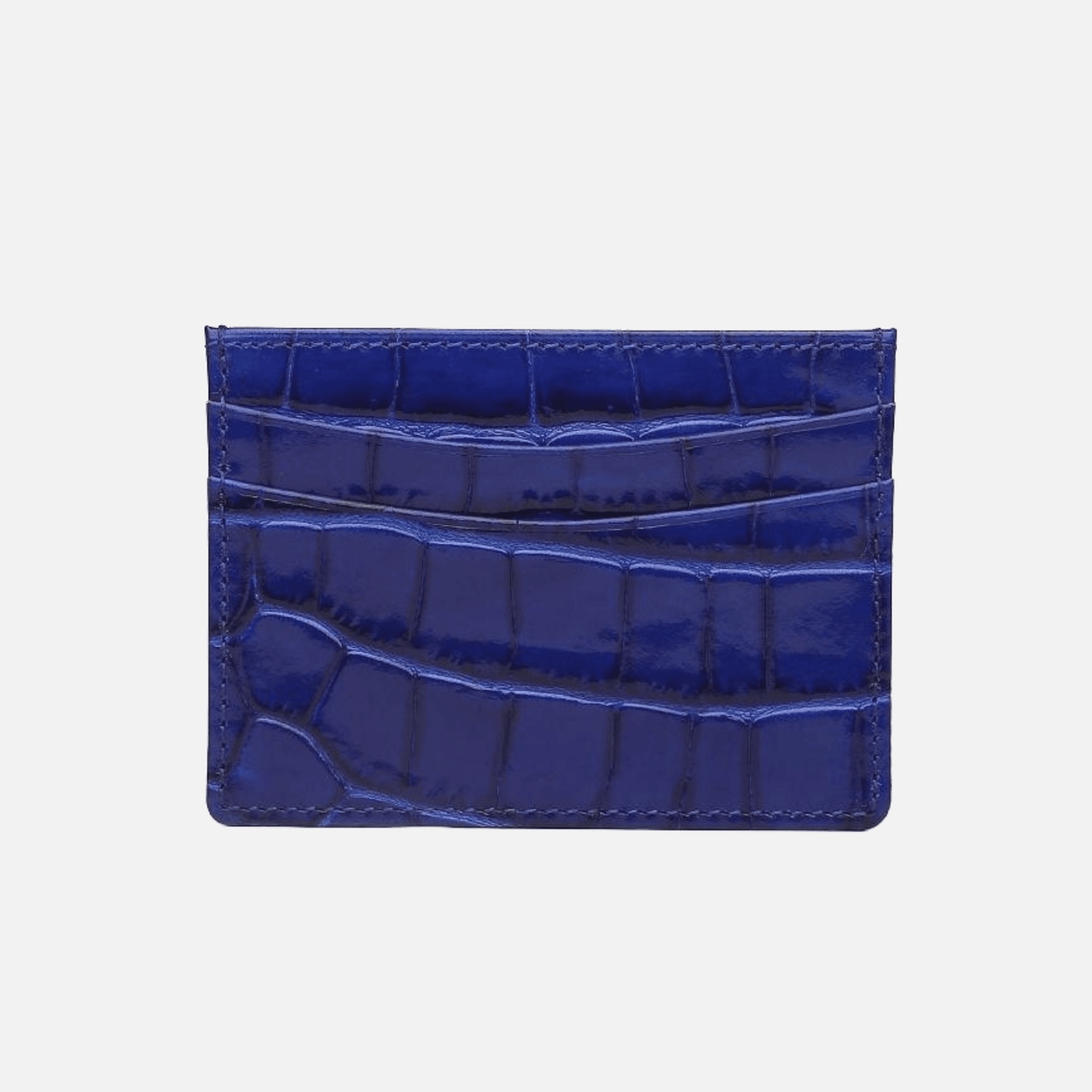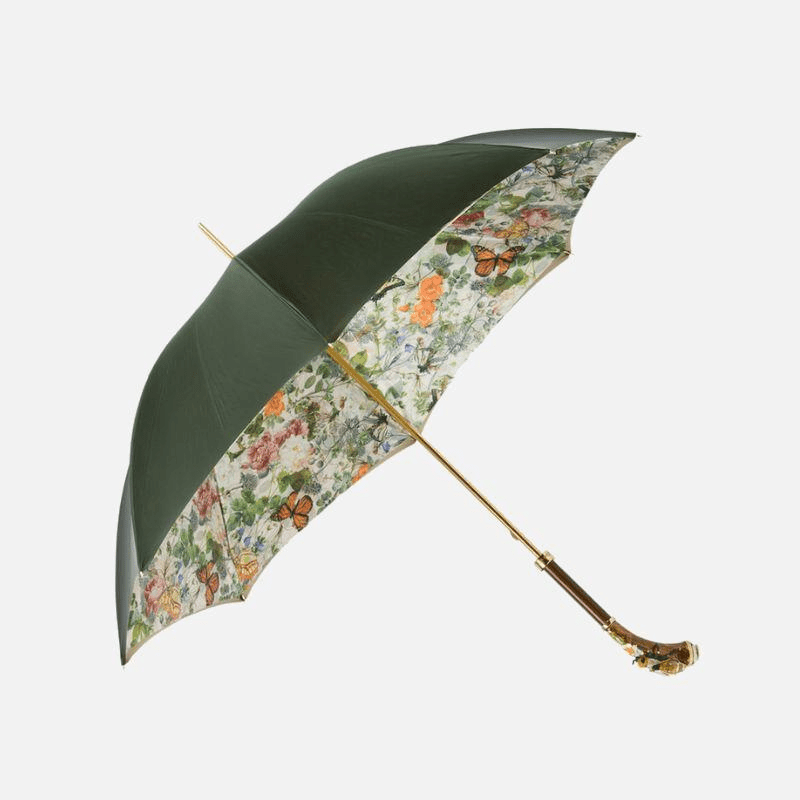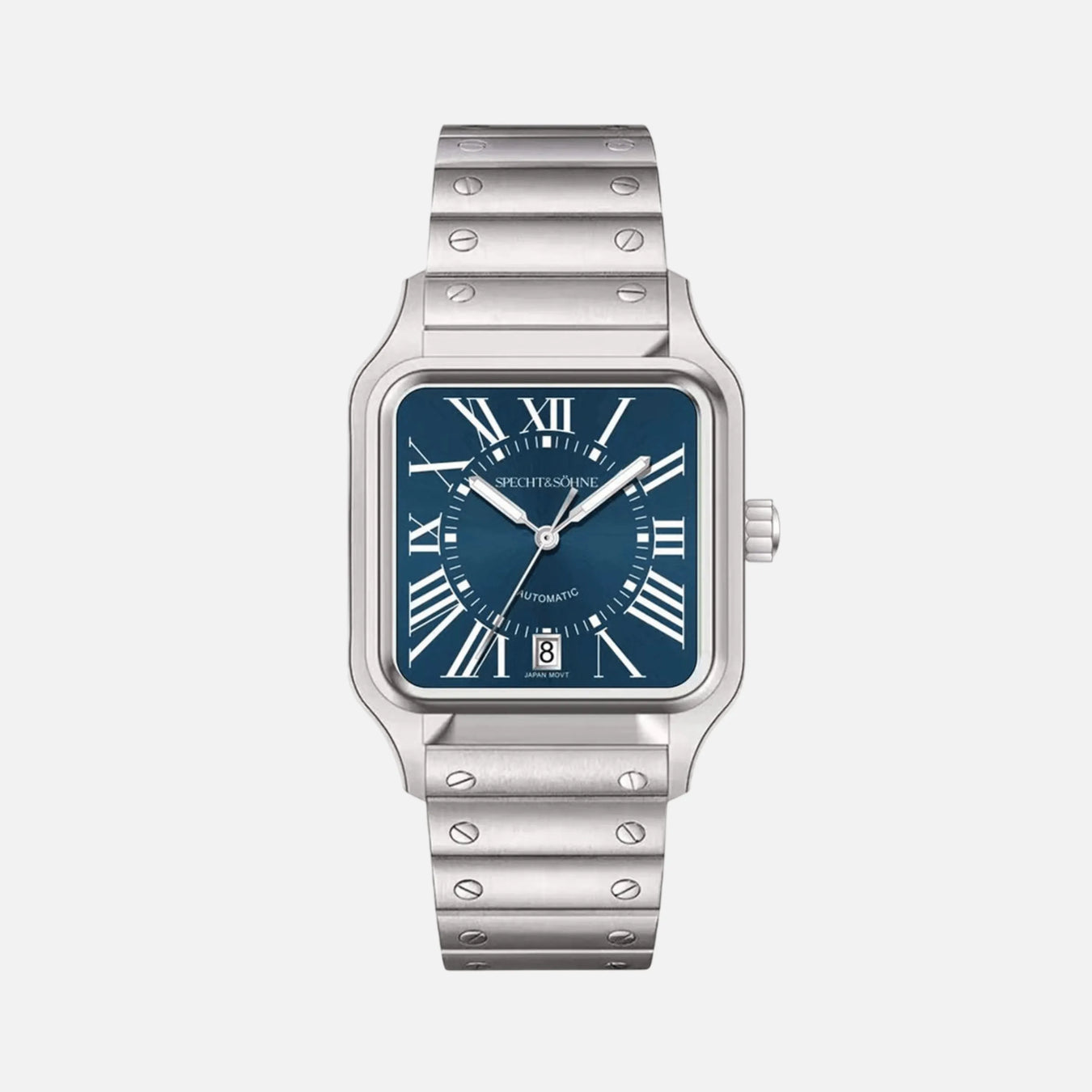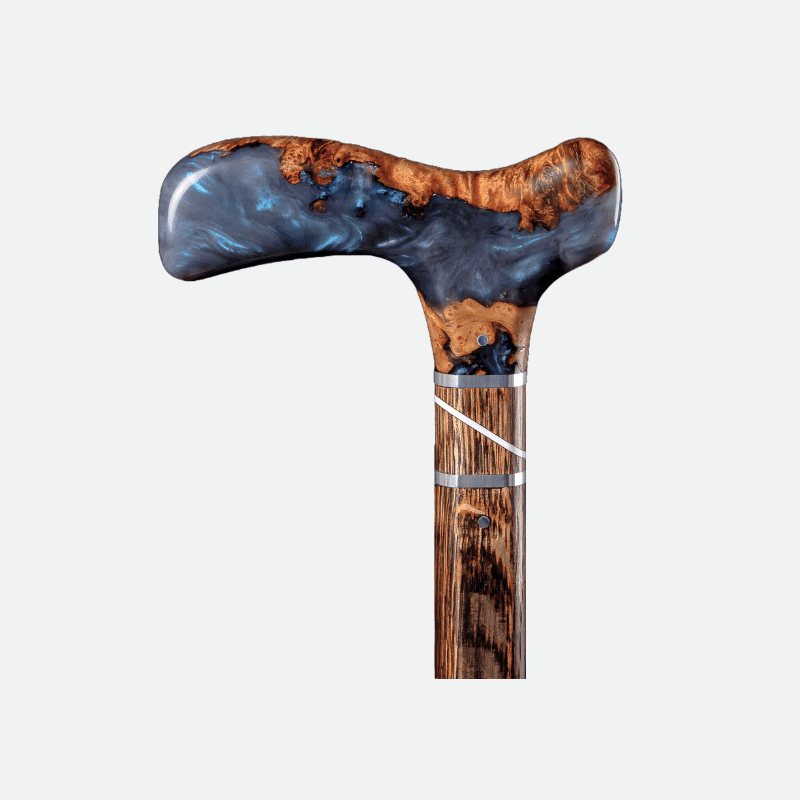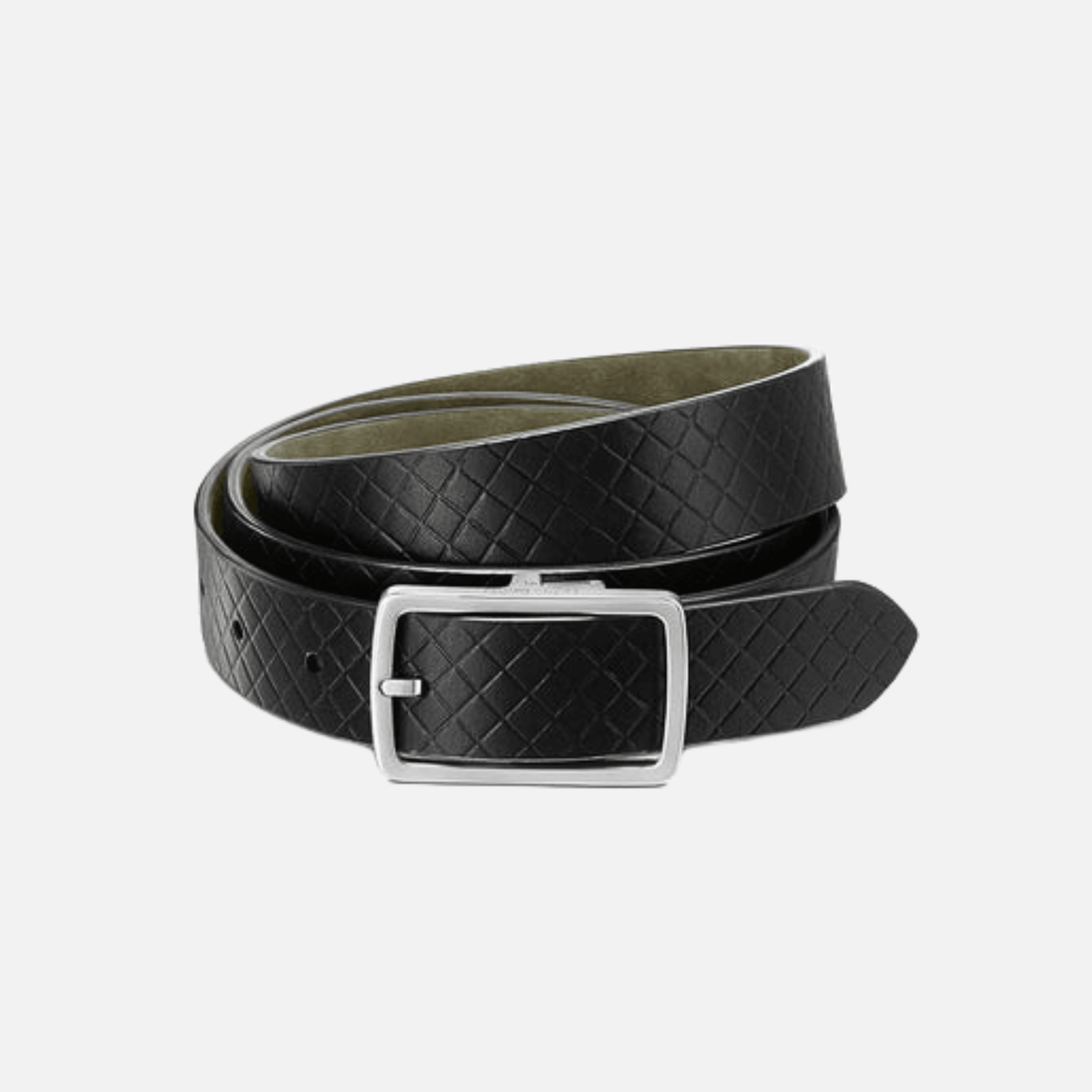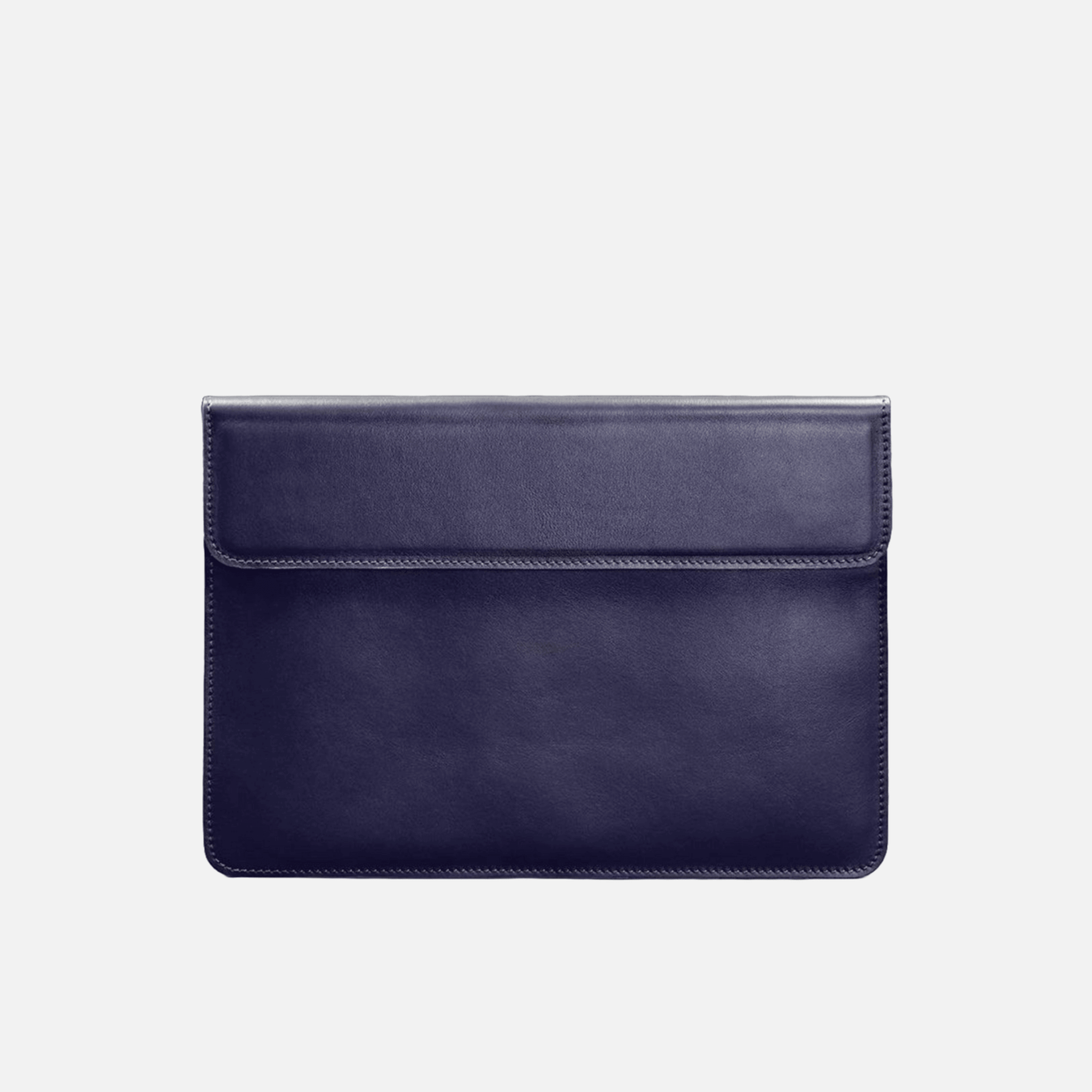
From Vintage to Modern: The Evolution of the Leather Briefcase
For decades, the leather briefcase has symbolized professionalism, status, and refined taste. But this classic accessory has not remained static—it's evolved alongside shifts in fashion, technology, and work culture. From the structured, boxy designs of the past to today’s sleek, minimalist styles, the leather briefcase has journeyed from vintage relic to modern-day essential.
In this post, we explore how the leather briefcase has transformed—and why it continues to hold timeless appeal in the digital age.
From Vintage to Modern: The Evolution of the Leather Briefcase
1. The Origins: Function Over Fashion
The earliest versions of the briefcase emerged in the 14th century, when messengers and lawyers used leather satchels to carry important documents. By the 19th century, the briefcase as we know it began to take shape, featuring:
-
Rigid leather frames
-
Metal locks for security
-
Top handles for professional carrying
These early designs were strictly utilitarian—meant for lawyers, bankers, and government workers who needed to transport paperwork with formality and care.
2. The Mid-Century Power Symbol
During the 1950s–1980s, the briefcase became a symbol of corporate power. Popular styles included:
-
Structured, boxy silhouettes
-
Glossy black or deep brown leather
-
Polished metal hardware
-
Internal compartments for files, pens, and business cards
This was the age of the “Mad Men” aesthetic, where a leather briefcase was more than a bag—it was part of a uniform of authority. It stood for order, ambition, and success.

3. The Tech Revolution and Casual Workwear
As technology reshaped the workplace in the 1990s and 2000s, the classic briefcase needed to adapt. Laptops replaced paper files, and dress codes became more relaxed. In response, briefcase designs began to evolve:
-
Softer leather materials for a more relaxed look
-
Addition of shoulder straps for hands-free carrying
-
Padded compartments for electronics
-
Thinner profiles and lightweight builds
Functionality became as important as form, and the briefcase started to blur the lines between business bag and commuter companion.
4. The Modern Briefcase: Minimalism Meets Versatility
Today’s leather briefcase is no longer just for the boardroom. It’s a versatile, fashion-forward accessory suited for entrepreneurs, creatives, freelancers, and anyone who values style and substance. Key characteristics of modern briefcases include:
-
Slim silhouettes that hold laptops, tablets, and essentials
-
Eco-conscious leather options (e.g., vegetable-tanned or recycled leather)
-
Detachable straps and smart compartments
-
Hybrid functionality — easily transitions from briefcase to messenger or backpack
Whether you work in tech, design, or consulting, there’s a briefcase that fits your daily routine—and your aesthetic.
5. Why the Leather Briefcase Still Matters?
Even in an age of digital tools and remote work, the leather briefcase retains its relevance. Why?
-
It elevates any outfit, even casual wear
-
It projects professionalism in interviews and meetings
-
It tells a story of craftsmanship, care, and intention
-
It’s durable, often lasting for years or even decades
For many, investing in a well-made leather briefcase is like buying a watch or a quality pair of shoes—a signal of maturity and refined taste.

Final Thoughts
From courtroom corridors to coworking spaces, the leather briefcase has evolved with the times while maintaining its essential character. It’s a blend of utility, elegance, and legacy—proof that great design doesn’t need to be trendy to be timeless.
Whether you’re drawn to vintage styles with brass buckles and patina, or sleek contemporary versions with minimalist lines, there’s a leather briefcase out there that matches your pace, your tools, and your personal brand.

